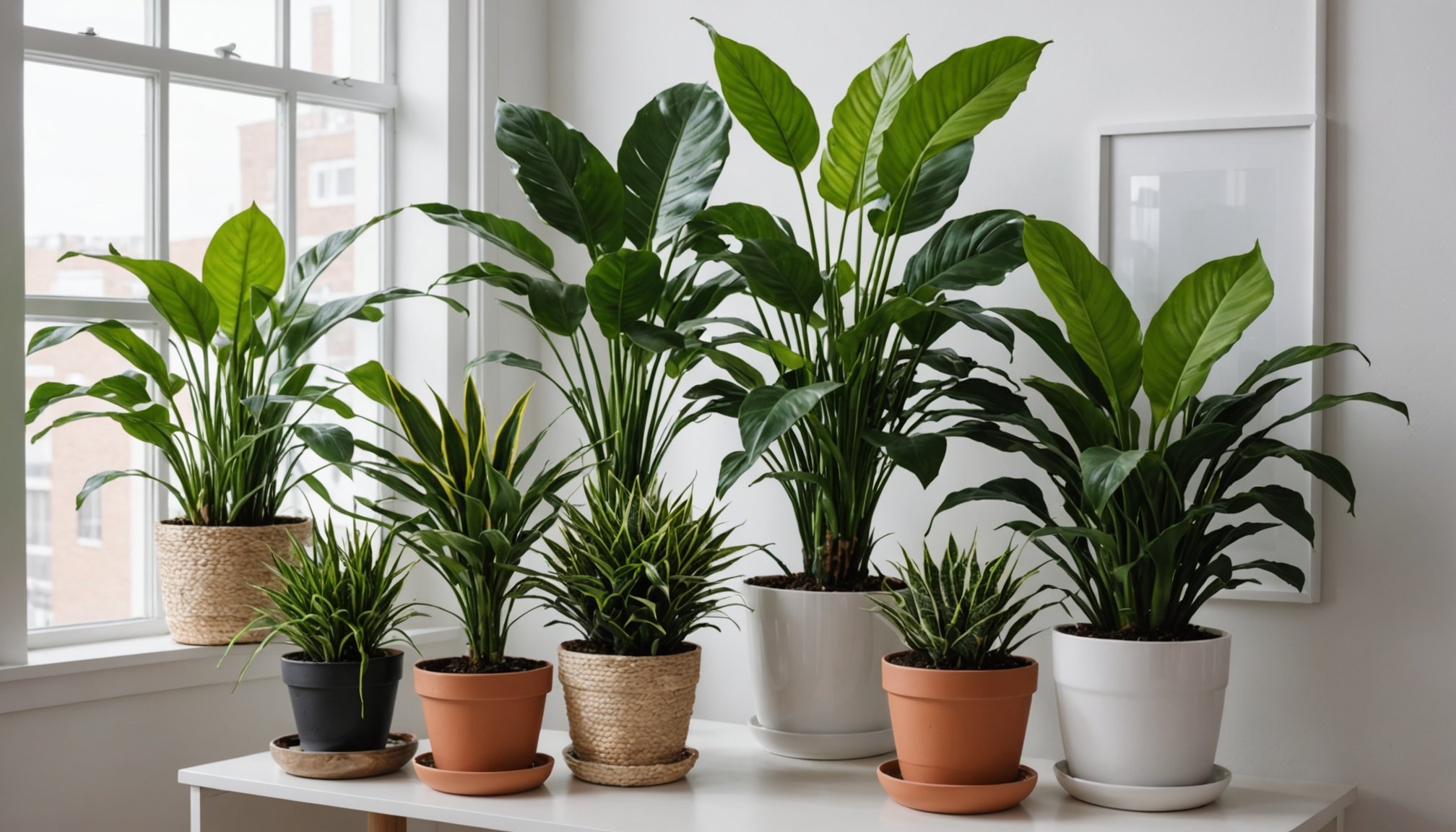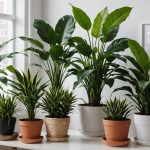Creating a harmonious and inviting space goes beyond just furniture and color schemes—it’s about infusing life into your home. Indoor plants are an excellent way to achieve this, offering both aesthetic appeal and health benefits. As you delve into the world of indoor greenery, you’ll find countless species to suit any room and style. This article guides you through incorporating indoor plants into your home decor, ensuring they complement and enhance your living space.
Choosing the Right Plants for Your Space
Selecting the perfect plant starts with understanding your home’s environment. Consider factors such as light availability, humidity levels, and temperature. Assess the natural light in each room to determine which plants will thrive. For instance, a sun-drenched room is ideal for succulents and cacti, while low-light areas may suit ferns or snake plants.
In parallel : How can I enhance my kitchen’s functionality with smart organization?
Moreover, think about each plant’s care requirements and how they align with your lifestyle. If you’re often away, choose low-maintenance varieties like pothos or ZZ plants. If you enjoy regular care routines, you might prefer a more demanding species like orchids.
The size of your space also matters, dictating the type and number of plants. Large rooms with high ceilings can accommodate towering palms or fiddle leaf figs, while compact spaces may benefit from hanging or tabletop plants. Selecting the right species ensures your plants thrive, enhancing your decor without overwhelming it.
This might interest you : What are the benefits of using eco-friendly materials in home renovations?
Placement: Enhancing Aesthetics and Functionality
Strategic placement not only beautifies your home but also maximizes the benefits plants offer. Begin by considering the focal points of each room. A large, leafy plant can serve as a natural centerpiece, drawing the eye and adding vertical interest to the room.
Incorporate plants into your decor by using them to fill empty spaces. A corner plant stand can transform an underutilized corner into a vibrant nook. Similarly, hanging plants can add depth and softness to otherwise stark walls. Don’t underestimate the power of a well-placed plant to change the dynamic of a room.
Furthermore, consider the functional aspects of plant placement. For instance, placing plants near windows can improve indoor air quality, while a plant on a desk may boost productivity and focus. By balancing aesthetics and functionality, plants can transform any space into a haven of tranquility and beauty.
Integrating Plants with Existing Decor
Harmonizing plants with your existing decor involves considering both style and color. Choose planters and pots that complement your room’s aesthetic. Modern interiors may benefit from sleek, geometric pots, while rustic spaces might favor terra-cotta or woven baskets.
Beyond pots, think about how plants interact with your color scheme. Leafy greens can act as neutral tones, or you can use them as accents against more vibrant backgrounds. Consider the textures your plants bring—lush, trailing vines add softness, while structured succulents offer a contrasting, sculptural element.
Incorporate plants into your decor through creative displays. Group plants of various sizes and shapes to create a mini-jungle effect, or use a single, striking plant as a statement piece. Let your personality shine through by experimenting with how you position and showcase your plants, creating an indoor garden that reflects your unique style.
Caring for Your Indoor Plants
Successful plant care involves understanding the specific needs of your chosen species. Regular watering is essential, but overwatering is a common mistake. Research each plant’s water requirements, ensuring drainage is effective to prevent root rot.
Light is another crucial factor. Rotate plants periodically to ensure all sides receive adequate light, promoting even growth. For rooms with limited natural light, consider using grow lights to supplement the environmental conditions.
Fertilizing plants can promote robust growth, especially during their active growing seasons. Choose an appropriate fertilizer for your plants and apply it according to the instructions. Additionally, regular pruning helps maintain plant shape and encourages new growth.
Addressing pests promptly is vital in plant care. Inspect plants regularly for signs of aphids, spider mites, or other pests, treating them with natural or chemical solutions as needed. With attentive care, your indoor garden will thrive, becoming a vibrant addition to your home decor.
Incorporating indoor plants into your home decor is a rewarding endeavor that enhances both aesthetics and well-being. By selecting the right species, strategically placing them, integrating them with your existing decor, and providing proper care, you can create a living space that is not only beautiful but also healthy. Embrace the natural charm of indoor plants, and enjoy the calming atmosphere they bring to your home. Whether you’re new to gardening or a seasoned plant enthusiast, there’s always something new to learn and appreciate about the green companions in your home.











